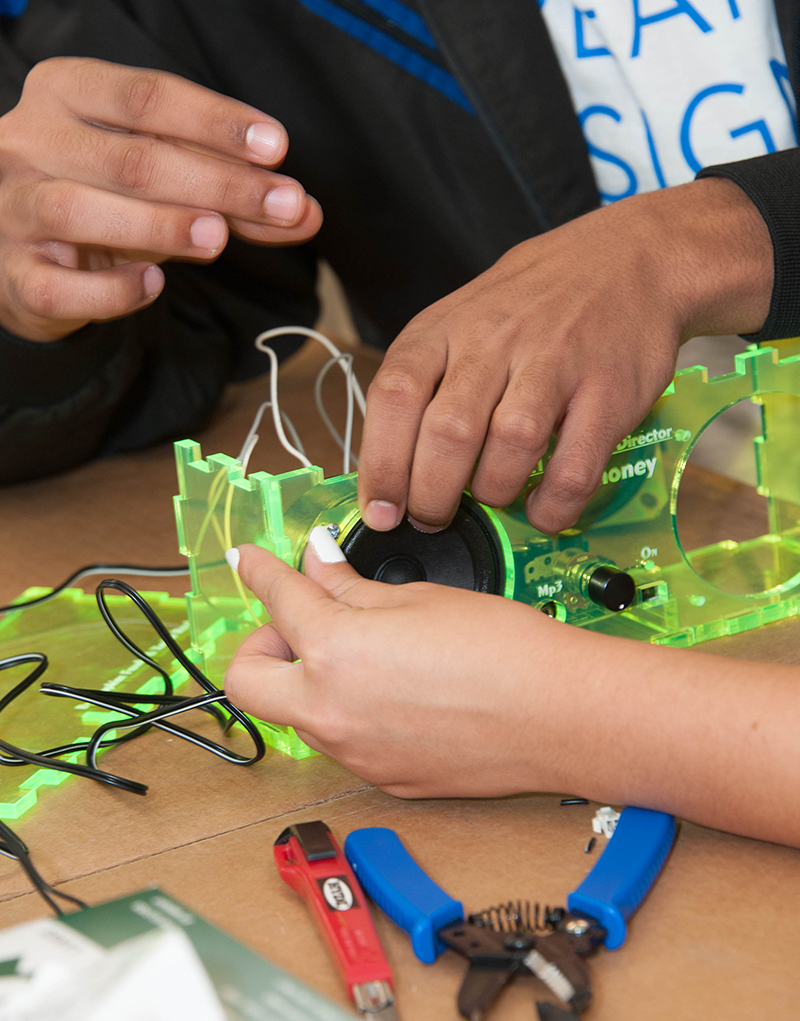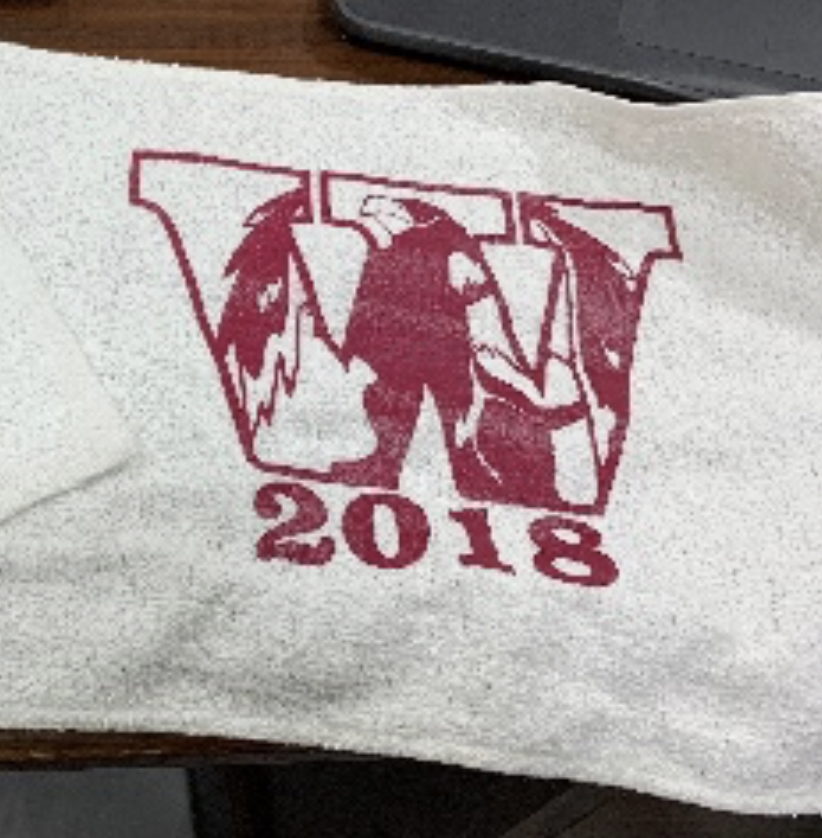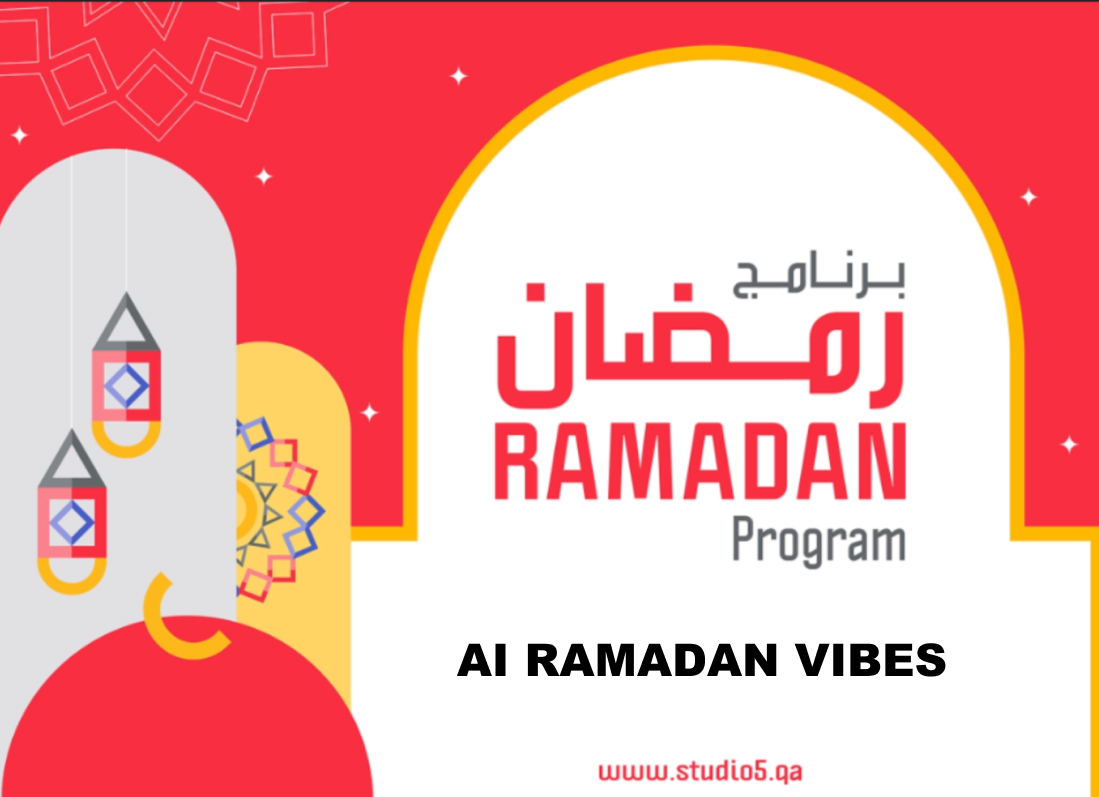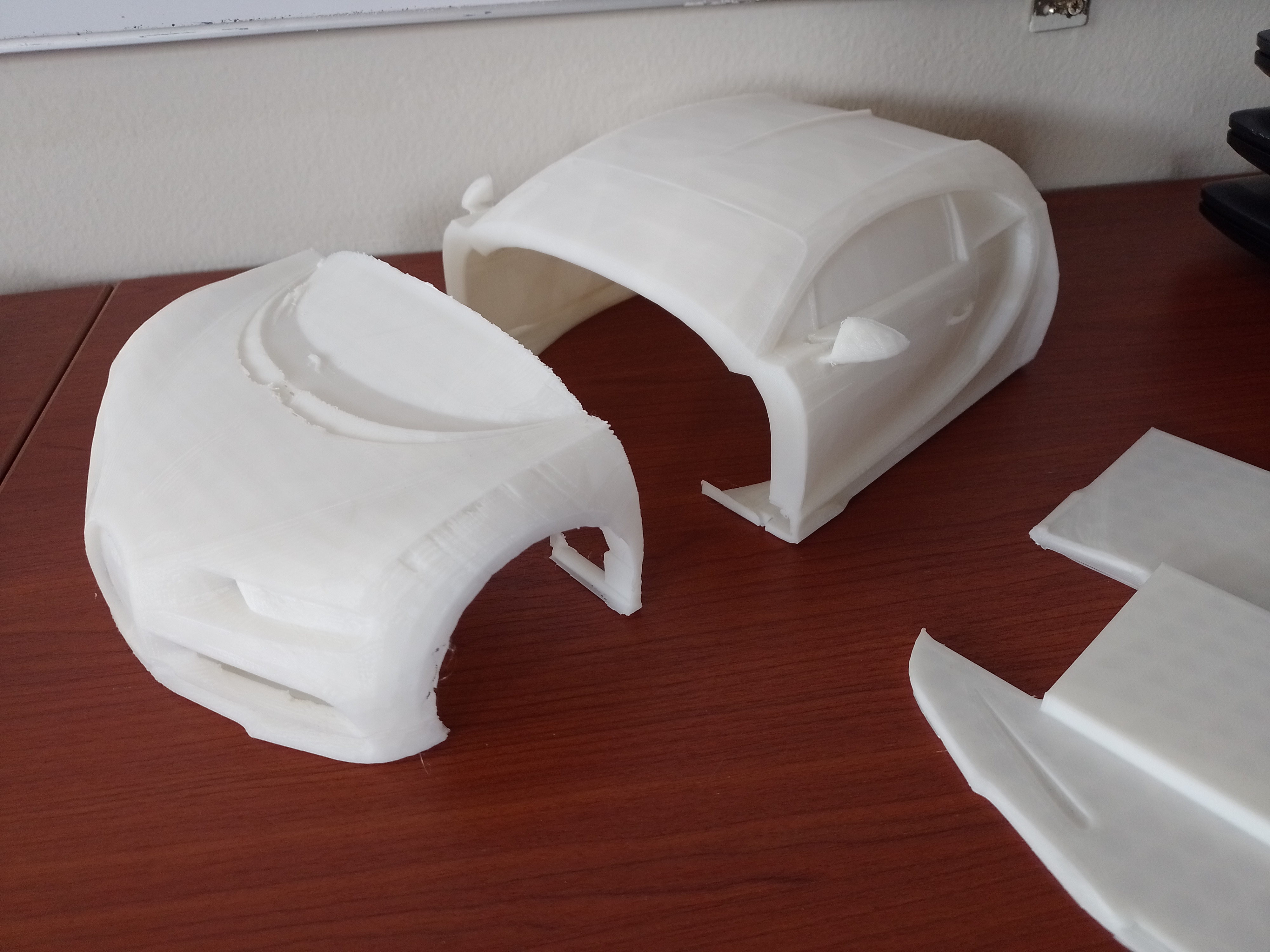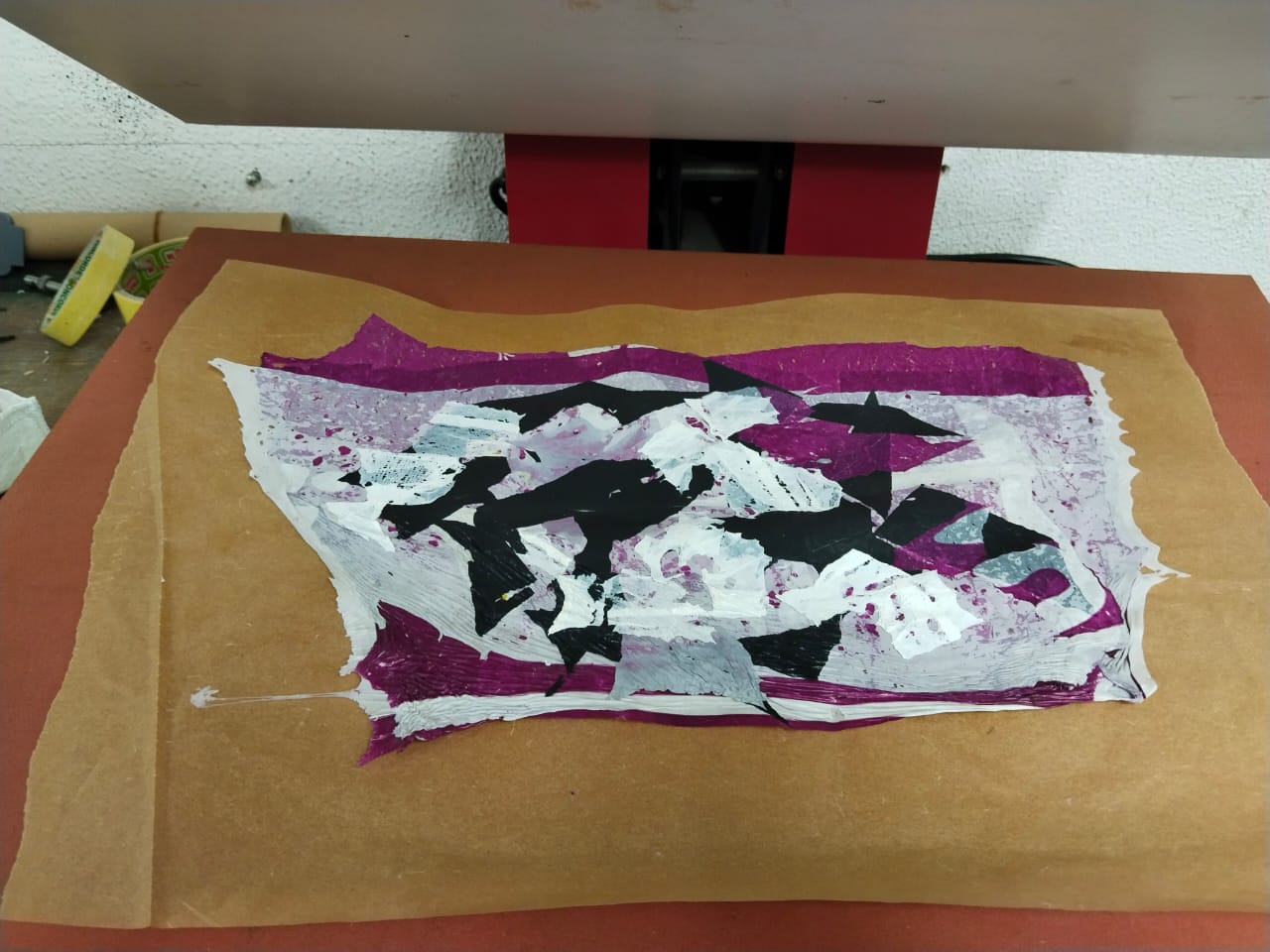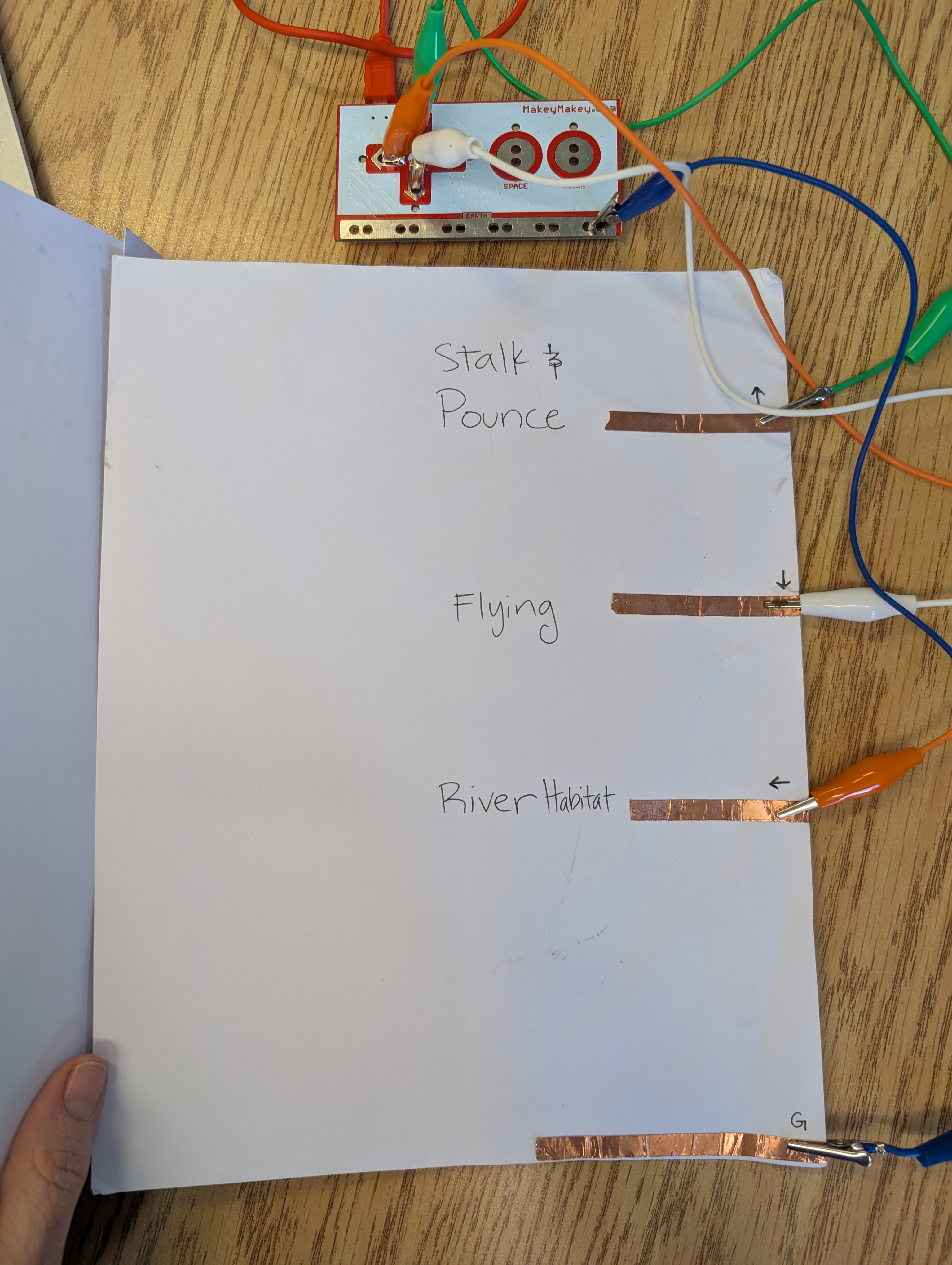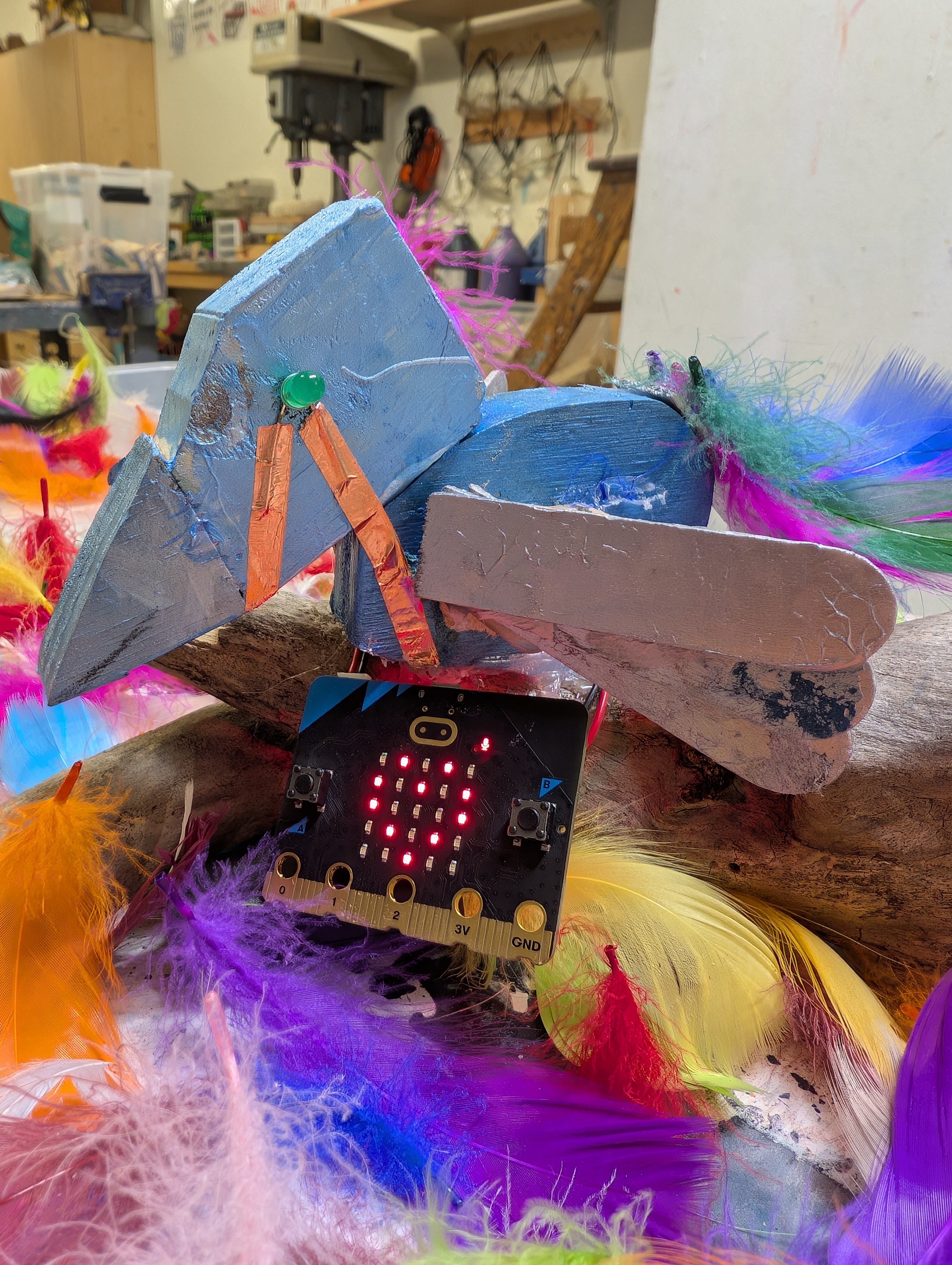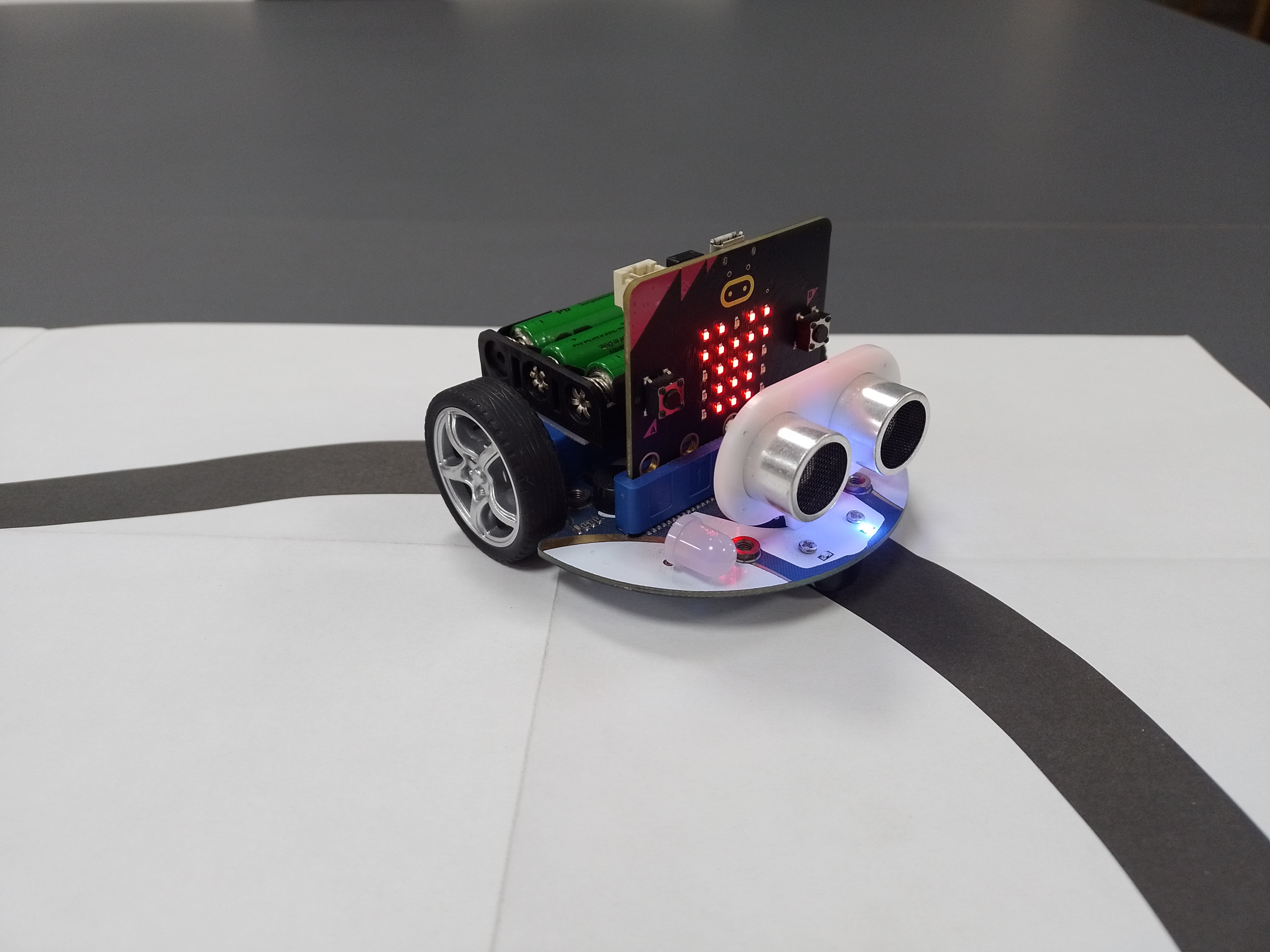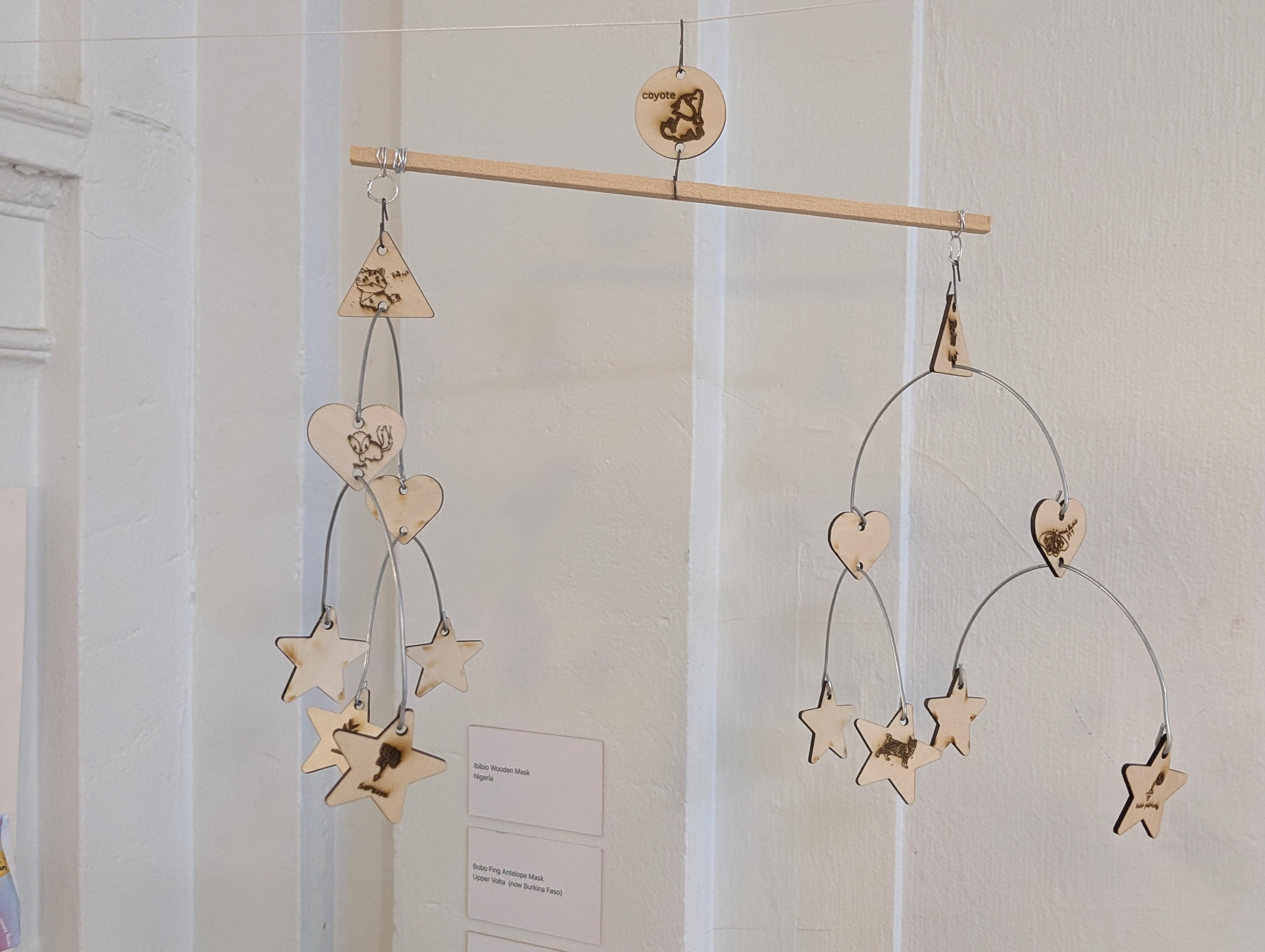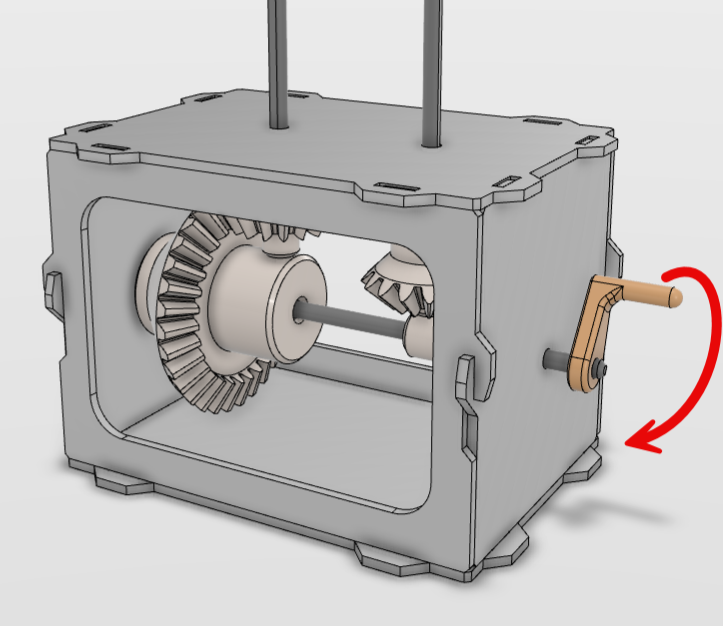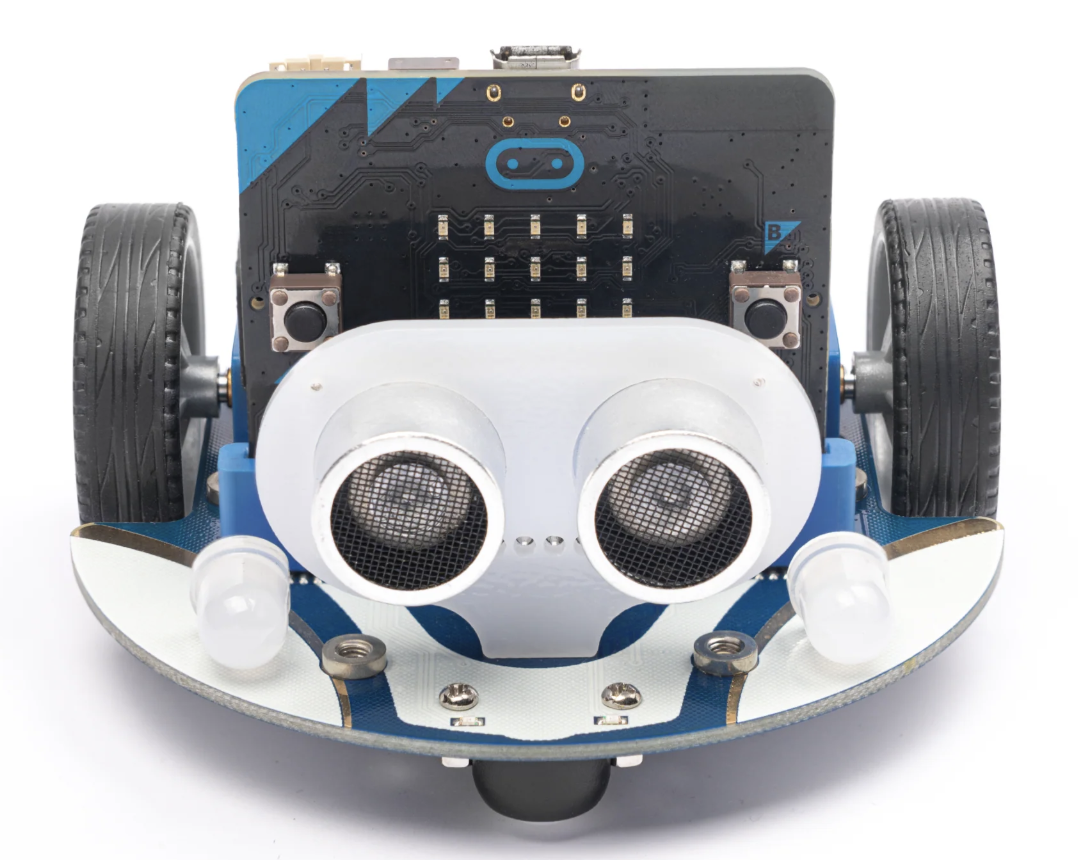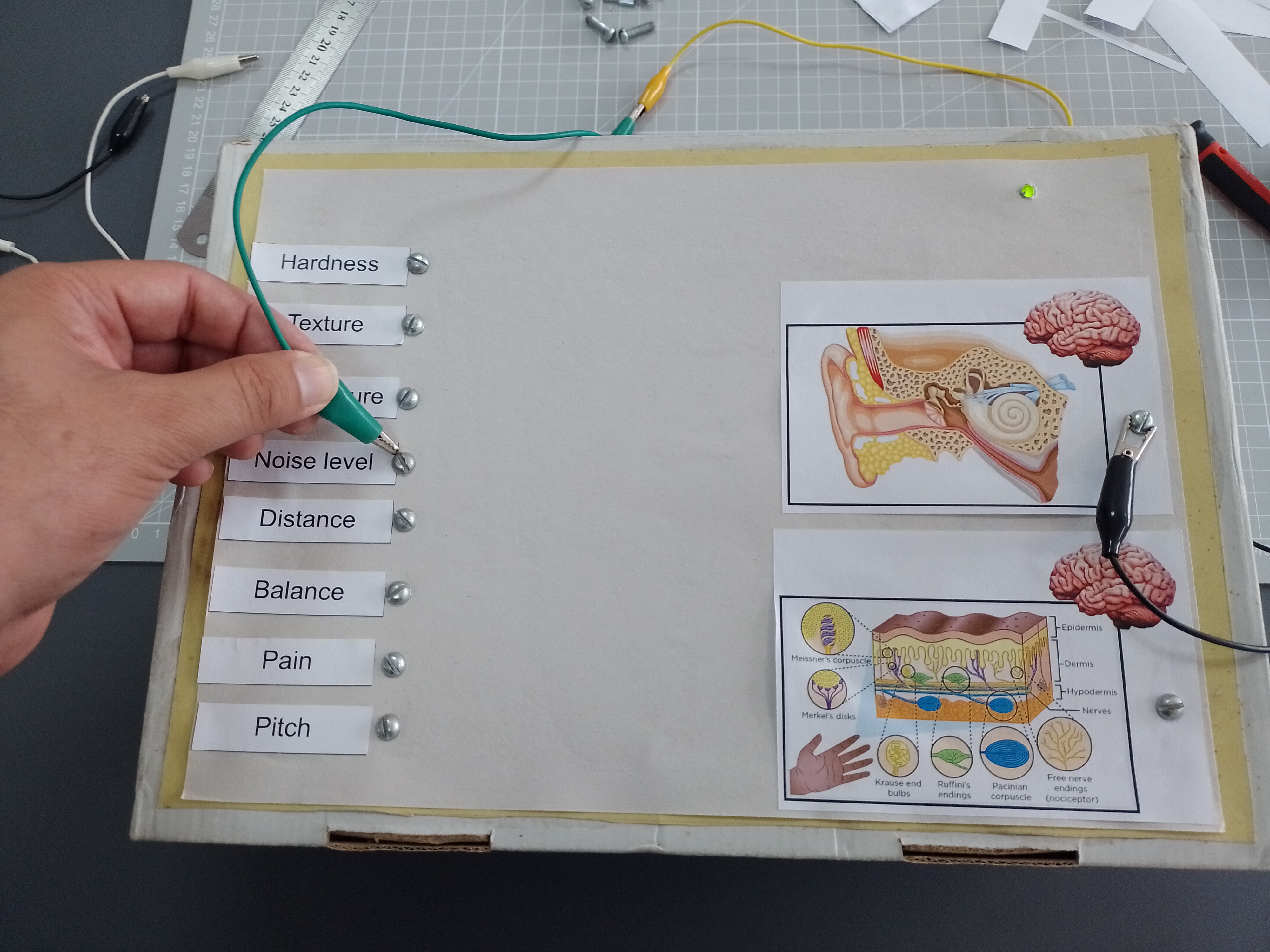This collection of lessons from Intermediate Unit One combines elements of digital fabrication with mental health wellness supports for all students.
Mini LED Flashlight
Students will design and fabricate their very own mini LED flashlights! Students will create a case that fits all of the internal components of the flashlight. This can be done using…
REMIX: MP3 SPEAKER + MENTAL HEALTH
Students will be given an amplifier/speaker kit to assemble and solder. Students will also create a casing for this circuit system. This can be achieved by using the step-by-step tutorial…
Personalized Rally Towels
Students will create a personalized rally towel that contains at least one image and a name. This can be done using the step-by-step tutorial design that follows, or by creating their…
IN THIS COLLECTION
Intermediate Unit One is committed to improving the educational outcomes of children and adolescents who experience mental health needs by providing both targeted and general mental health wellness activities in classrooms, including FabLab classrooms.
General mental health supports are provided in each lesson so that any digital fabrication instructor can incorporate mental wellness strategies.
about intermediate unit one
Intermediate Unit One (IU1) is a regional education service agency that strives to provide educational support to students, parents, educators, administrators, and communities throughout southwestern Pennsylvania. IU1 operates two campus schools which house digital fabrication labs designed to serve students with severe mental health needs. IU1 is committed to providing the highest level of emotional health care through unique social work opportunities within their fabrication labs.
Mental health wellness and DIGITAL FABRICATION
Good mental health is related to mental and psychological well-being. The World Health Organization states that worldwide 10-20% of children and adolescents experience mental disorders. Neuropsychiatric conditions are the leading cause of disability in young people in all regions. If untreated, these conditions severely influence children’s development, their educational attainments and their potential to live fulfilling and productive lives. Visit the World Health Organization for more: https://www.who.int/mental_
AI Ramadan Vibes
During the month of Ramadan, Studio 5 will run a series of workshops celebrating the holy month. We will host online workshops that share Ramadan vibes using AI, coding, and…
June 15, 2025Introduction to mobile robots and domotics
In this lesson students will have to choose between building a model of a space with 3 automated elements using sensors and actuators of different kinds or building a mobile…
June 6, 2025From Plastic Bags to Eco-Wallets
Participants explore how everyday choices (like accepting plastic bags at stores) affect our planet. They’ll discover plastic’s journey into oceans and landfills, brainstorm eco-friendly alternatives (e.g., cloth bags), and transform…
June 1, 2025A Makey Makey Integration for a Transdisciplinary Science Research Project
This lesson focuses on the use of Makey Makey technology as a culminating integration tool to showcase and assess student learning across a transdisciplinary unit on New York State mammals.…
May 29, 2025The Birds Aren’t Real: A Collaboration Between Shop and Computer
In this interdisciplinary unit, students will create three-dimensional wooden bird sculptures that incorporate basic robotics using the BBC microbit. Inspired by the satirical conspiracy theory “Birds Aren’t Real,” students will…
May 27, 2025Introduction to mobile robot control using Smart Cutebot and micro:bit
In this activity student will learn the fundamentals of mobile robot control by programming a line follower using the micro:bit microcontroller board and the Smart Cutebot base by Elecfreaks. They…
May 26, 2025Laser Cut Mobiles: Exploring Balanced Foodwebs
This third-grade science lesson on food webs incorporates a digital fabrication component using a laser cutter. The lesson is adaptable and can be modified to incorporate other forms of digital…
May 24, 2025Fab-in-a-Box Automata
This lesson introduces learners to the fascinating world of automata; kinetic sculptures powered by simple mechanical systems. Through hands-on fabrication using laser cutters, vinyl cutters, and 3D printers, learners will…
May 5, 2025Climate Data with AI – مخيم الشتاء: بيانات المناخ باستخدام الذكاء الاصطناعي
Over the course of three days, participants will collect and analyze climate data from various software. The collected data will be analyzed by AI and visualized using graphic software to…
May 4, 2025Guiding Growth: Training Plants Through Light Mazes
Lesson Summary: “Guiding Growth: Training Plants Through Light Mazes” In this interdisciplinary STEM lesson, students explore how plants respond to their environments by observing and guiding the growth of pea…
May 1, 2025Fabricating Transparent Bio-Fabric Pots for monitoring plant Systems
Lesson Summary In this lesson, students will explore the basic needs of plants and how their external structures—roots, stems, and leaves—support their survival and growth. Students will identify the environmental…
April 29, 2025Yikes, the Power Went Out
This activity was devised to provide an experiential, Next Generation Science Standards-based, Project-based, model lesson for preservice elementary teachers on how to design science lessons grounded in making and fabrication…
April 29, 2025Create an RC car with upper primary.
In this lesson, we will be teaching upper primary school students how to use Micro:bit to program a small robot car. This is a bit of an advanced coding program…
April 24, 2025Building a simple circuit in a box for matching words or definitions to concepts in a fun way.
The idea of this lesson is to have students build a simple circuit in a box designed to be a simple game of matching words or definitions to concepts. On…
April 24, 2025Solar power car for primary students
In this lesson, students will learn about renewable energy, circuits, and create a solar power car to combine their learning.
April 22, 2025Designing and Building a Multi-Function Voronoi Lamp
Students will design and create a Voronoi-style 3D-printed lamp shade using MakeMyVase, model and fabricate a base for the Adafruit Circuit Playground Express, and incorporate components from the Adafruit Electronics…
April 20, 2025STANDARDS-ALIGNED
Community contributed lessons aligned with Common Core State Standards (CCSS) and Next Generation Science Standards (NGSS) offer formal educators innovative pathways to teaching content knowledge. The Fab I Can Statements are a resource to develop technology-literate learning progressions to align with content standards.
FAB TESTED
Periodically lessons are adapted and tested by the Fab Foundation team based on a call for submissions from fabbers, educators, and makers. Our inaugural set of lessons for the SCOPES-DF project were Fab Tested in 2016 and are tagged Fab Tested on the website.
OPEN-SOURCE VALUES
Lessons are distributed under a Creative Commons CC BY-NC license, that permits free use and re-purposing by others.


